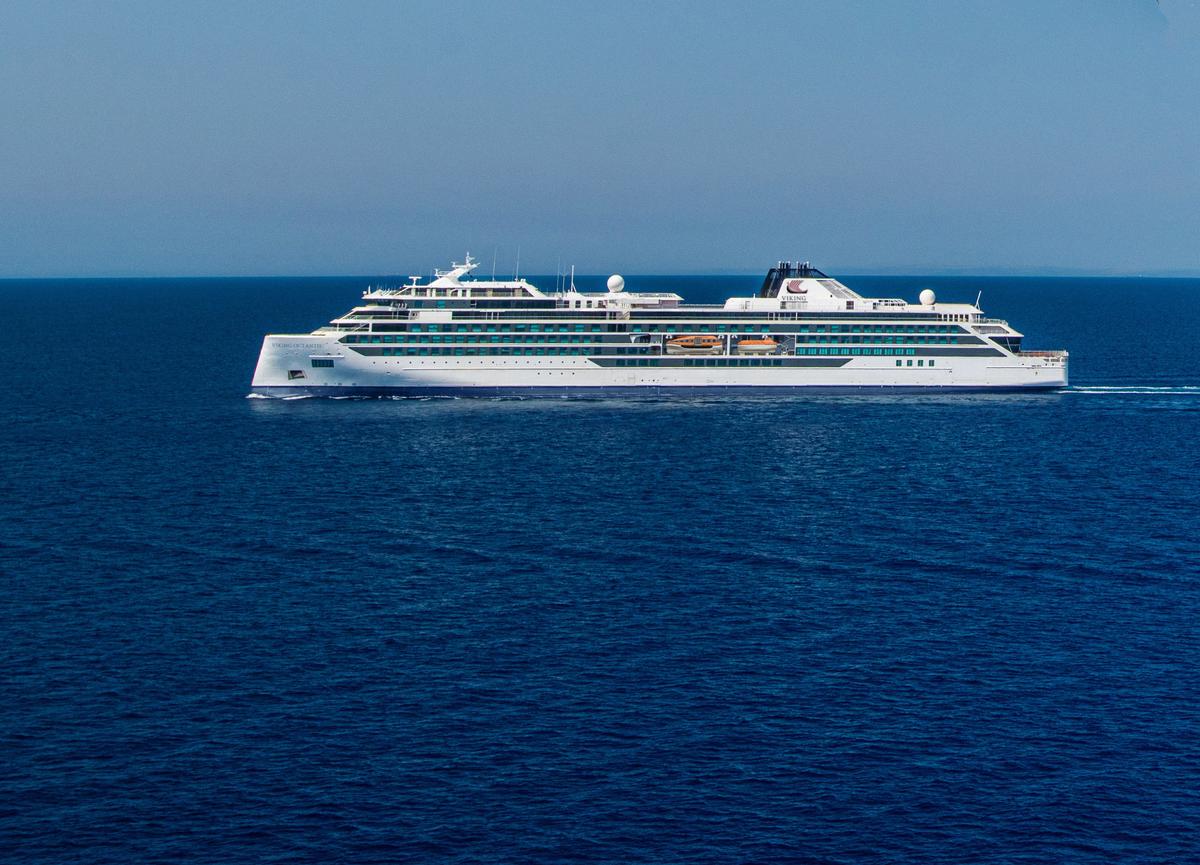The study, commissioned by Minnesota Sea Grant, was conducted to determine the principal variables that are driving economic benefits in places similar to Duluth, determine those variables in current and future states for Duluth and the region, and calculate the direct benefits for the region if a cruise industry developed in Duluth.
Introducing Great Lakes cruising to the port of Duluth-Superior will introduce Duluth to travelers who would not otherwise come here and will provide a healthy dose of new spending to the city's economy.
Based on projections of three scenarios, the study area of the Duluth-Superior Metropolitan Statistical Area (St. Louis and Carlton Counties in Minnesota and Douglas in Wisconsin) could see between $392,000 and $2.3 million in additional labor income and between $630,000 and $5.2 million in additional value added to the economy. Additionally, the area could see between 12 and 61 new jobs.
The range of values stems from the scenarios of Early Adoption (Scenario 1), Expanding Interest (Scenario 2), and Premier Destination (Scenario 3). Early Adoption considers seven annual cruise calls to Duluth, a total of over 2,500 passengers, and almost 1,800 crew. Expanding Interest increases cruise calls to 15 and almost doubles the amount of passengers and crewmembers. Premier Destination increases cruise calls to 40, passengers to 11,000, and crew to 6,400. All scenarios use an estimated $19,095 of spending per cruise ship.
Calculations were also adjusted for whether Duluth was a port of call (where ships customarily stop for supplies, repairs, or transfers of cargo or that which is designated on an itinerary) or a home port (where passengers embark or disembark at the beginning and end of their trips).
Deb DeLuca, executive director of the Duluth Seaway Port Authority, was pleased with our study. "We greatly appreciate Minnesota Sea Grant for stepping up to undertake this study, and we’re impressed by the quality of work that Monica Haynes and the BBER brought to the project. We were happy to partner on it, and we look forward to seeing what the future holds for cruising in the Duluth market.”
The BBER report includes input from several subject matter experts, insight from Great Lakes port cities’ representatives, and research on global ports that have similar qualities as those of the port of Duluth-Superior.
The report can be found at the University of Minnesota system-wide Digital Conservancy along with other BBER reports on a variety of industry topics.
Photo: Viking Cruise Lines Octantis
